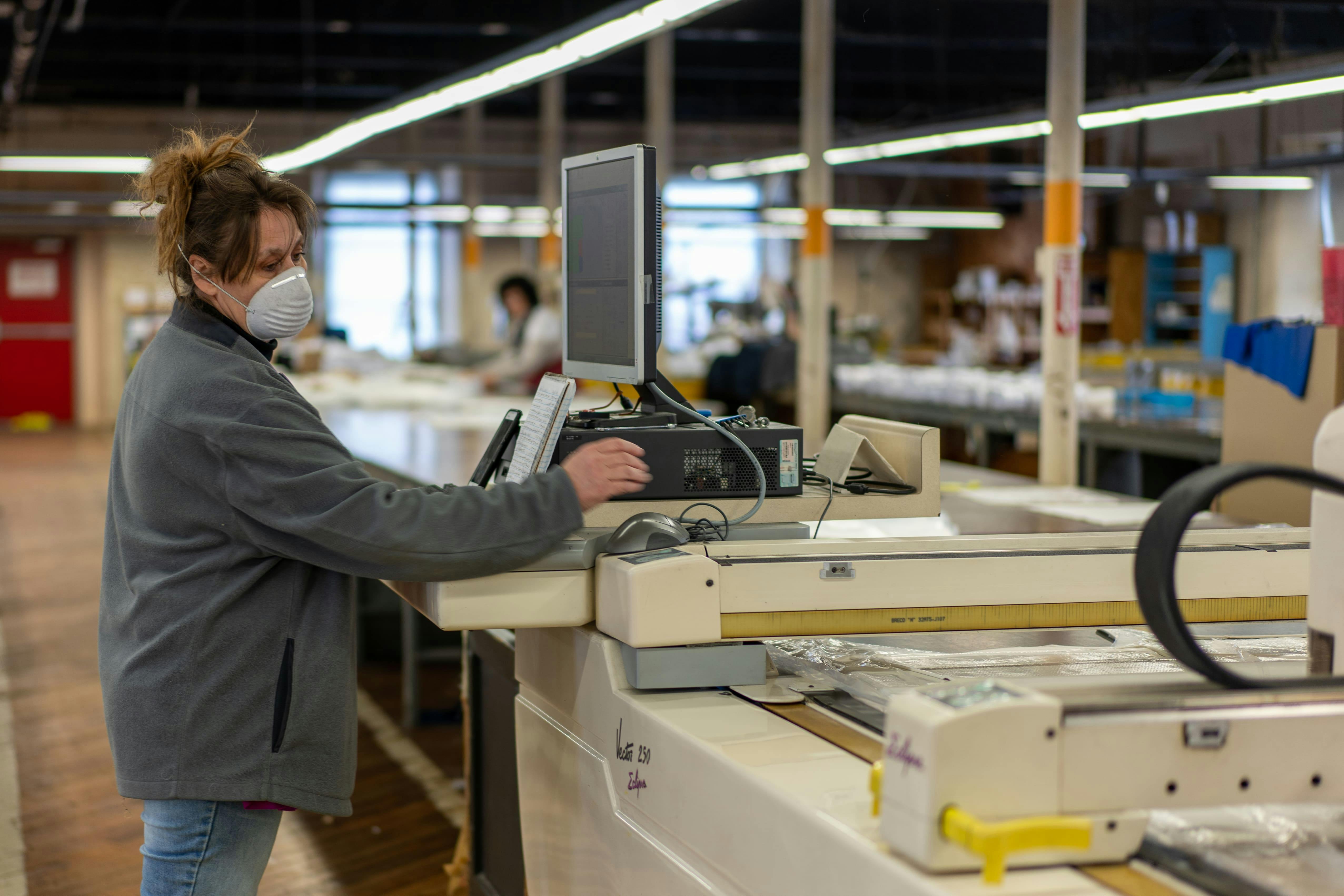Discover the Power of IU Health Apparel for Professionals
Healthcare apparel has evolved from simple uniforms to performance-driven gear designed for comfort, identity, and safety. As professionals demand more from their attire, IU Health apparel stands at the forefront of this transformation. In this article, we explore the essentials of modern healthcare clothing, offering insights into its design, purpose, and long-term benefits.

Understanding the Fundamentals
IU Health apparel refers to specially designed clothing for healthcare professionals that balances hygiene, mobility, and branding. From scrubs and jackets to lab coats and accessories, these garments play a crucial role in the healthcare environment.
Historically, uniforms were generic and lacked functionality. Today, apparel is engineered for stretch, antimicrobial protection, and moisture control—mirroring the shift in how healthcare teams work and interact.
1.1 Comfort and Mobility
Modern iu health apparel prioritizes ergonomic fits and breathable fabrics. According to a 2023 study by Healthcare Garment Research Institute, over 78% of clinicians report improved workflow with updated apparel.
With four-way stretch and wrinkle resistance, these uniforms offer ease in long shifts, patient interactions, and emergency response. Misconceptions around aesthetic over function are quickly fading.
1.2 Hygiene and Protection
Compared to traditional fabrics, today’s healthcare clothing incorporates antimicrobial technology that reduces pathogen spread. This innovation distinguishes IU Health apparel from standard uniforms.
Institutions adopting fluid-repellent coats and antimicrobial scrubs report fewer contamination incidents—proving the apparel’s role in patient and clinician safety.
Practical Implementation Guide
Adopting IU Health apparel is more than changing clothes—it’s about upgrading culture and operational standards. Here’s how to implement it for maximum effectiveness and ROI.

2.1 Actionable Steps
- Assessment: Evaluate current uniforms and collect staff feedback on comfort, fit, and function.
- Vendor Selection: Choose certified suppliers offering iu health apparel with verified performance fabrics and safety certifications.
- Rollout Plan: Start with key departments like ICU or ER and track efficiency, comfort, and hygiene metrics over 30-90 days.
2.2 Overcoming Challenges
Common obstacles include budget constraints, staff resistance, and incorrect sizing. Mitigation includes:
- Educating staff on apparel benefits through workshops
- Piloting with feedback loops
- Allocating budget under safety and wellness initiatives
Experts also recommend maintaining a sizing inventory and involving clinical leads in uniform selection to boost acceptance and compliance.
Advanced Applications
Once basic uniform upgrades are in place, explore how IU Health apparel can integrate with broader institutional goals—from branding to tech-enhanced garments.

3.1 Smart Apparel Integration
Emerging IU Health apparel options now include embedded RFID for staff tracking, temperature-regulating fibers, and UV sanitizing pockets. Facilities implementing smart garments report 12% fewer lost tools and improved hygiene protocols.
3.2 Branding and Morale
Branded uniforms enhance team identity and patient trust. Hospitals report higher satisfaction scores when staff wear coordinated, professional iu health apparel branded with logos and department colors.
Psychologically, matching apparel fosters unity, especially during high-stress shifts, which supports retention and engagement.
Future Outlook
The future of healthcare clothing is digital, sustainable, and patient-focused. Expect garments with built-in biometric sensors, AI-assisted fitting systems, and eco-conscious fabrics dominating the market in the next 3-5 years.
To prepare, institutions should partner with forward-thinking vendors, allocate innovation budgets, and involve clinical leads in beta-testing wearable tech.
Conclusion
IU Health apparel is more than attire—it’s a tool for safety, comfort, and institutional excellence. The key takeaways include the importance of fabric technology, strategic rollout, and alignment with institutional branding.
Now is the time to evaluate your current uniform program and invest in solutions that serve both professionals and patients. Start today by reviewing available IU Health apparel collections and consulting with your team on what matters most in their daily wear.
Frequently Asked Questions
- Q: What is IU Health apparel? IU Health apparel refers to performance-based clothing for healthcare professionals, including scrubs, lab coats, and jackets, designed for comfort and safety.
- Q: How do I begin implementing this apparel? Start with a staff survey, assess current apparel issues, and consult vendors who specialize in clinical-grade garments.
- Q: How long does it take to fully transition uniforms? A typical rollout takes 60 to 90 days, depending on department size and vendor timelines.
- Q: Is IU Health apparel expensive? Prices vary, but expect ranges from $25-$80 per piece. Bulk orders and institutional contracts reduce overall cost.
- Q: How does it compare to generic scrubs? IU Health apparel offers better fit, antimicrobial features, and durability, unlike many one-size-fits-all alternatives.
- Q: Is it difficult to train staff to adopt new uniforms? No—training is minimal. Most resistance stems from initial habit, which fades with clear communication and trial runs.
- Q: Can this be used in dental or outpatient settings? Yes. IU Health apparel is highly adaptable and used across hospitals, dental clinics, labs, and outpatient care environments.
